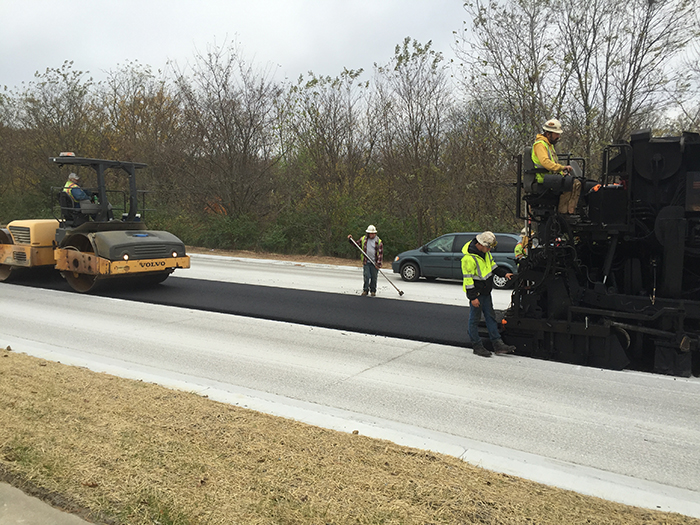Strategies for Communicating with Residents About Pavement Preservation
Posted on Wednesday, December 12th, 2018 by Affinis CorpIn Project Strategies, Roadway, tagged in

Pavement preservation programs help cities maintain valuable infrastructure. With a wide-range of stakeholders affected, communication is critical. It reduces frustration, as residents become aware of the logistics and overall benefit of the work.
For many, pavement preservation may seem like a waste of tax dollars or an inconvenience. However, studies have shown that maintaining infrastructure before it degrades is much more cost-effective. In fact, every $1 spent in rehabilitation saves $3 to $4 compared to if the roadway is allowed to deteriorate. Sharing this information with residents and business owners helps them understand why a project is taking place.

Before construction begins, residents and business owners may want to know why some sections of streets are being completely torn out, while others are untouched. Explaining the technical components and the impacts of construction helps to ensure work moves smoothly. Individuals are more likely to respect construction limits and understand signage when they know the why and how.
Many cities have programs in place to educate residents about upcoming pavement preservation projects. These may include marketing tactics, like door hangers, letters, and advance signage. Some public entities have gone digital, adding social media and web pages to their plans. Our transportation team often assists in these efforts by leading public meetings to walk residents through the construction process and scope.
Over the years, we’ve developed a few key strategies that lead to a project’s success:
- When introducing a technique that is new to a community or group, it’s important to educate council members, as well as residents, so they can respond confidently to constituents.
- Before selecting a contractor, we include certain requirements in our specifications. One is that they provide advance notification to those affected, while another is the creation of a construction map.
- Construction maps can offer critical details to stakeholders. Our team often includes the approximate timeframe for the project, areas affected, and alternate parking, if applicable.
- To minimize restricted access, we include a maximum time that residents can be out of their driveways and place limitations on working days.
.